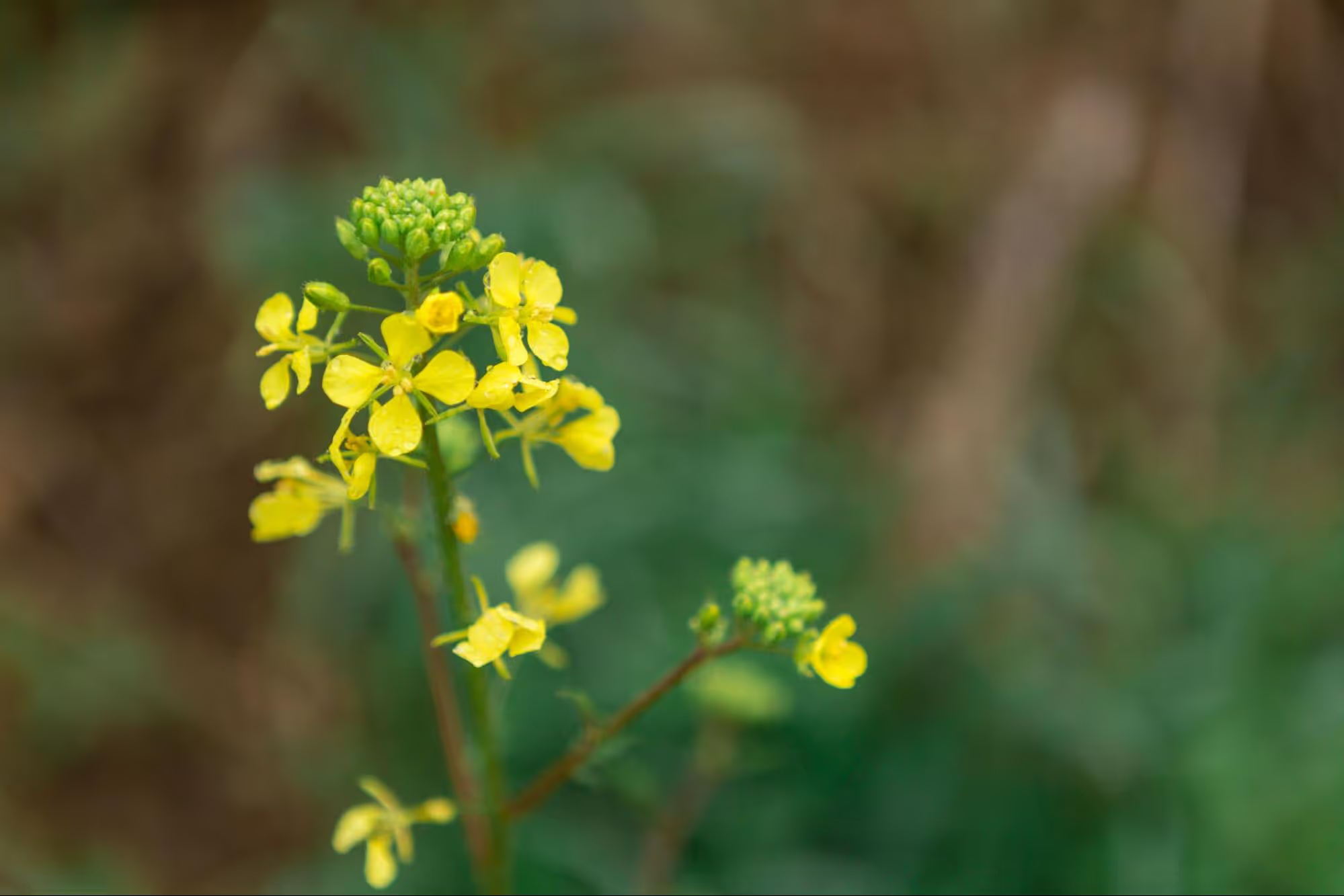
Flowering is a crucial phase in the life cycle of arugula, significantly affecting its quality, yield, and taste. Although arugula is typically grown for its leaves, which are used in various dishes, the flowering process alters its nutritional profile and texture. The flowers of arugula, which appear once the plant reaches maturity, can greatly affect the taste and usability of the leaves, making them more bitter and tougher.
Flowering in arugula is a natural process that occurs as the plant matures, usually after several months of growth. As an annual plant, arugula begins to flower in spring or summer, depending on the growing conditions. The flowers form in small clusters at the top of the stem, with blooms that can be white or light purple. Arugula flowers when exposed to elevated temperatures, longer periods of light, and the maturation of its leaves. The flowering process begins when the plant recognizes it has reached an appropriate growth stage and is ready for reproduction. This signal is usually triggered by physiological changes that enable the plant to produce flowers. In nature, the flowering of arugula marks the end of its vegetative growth, as the plant stops developing new leaves and redirects its energy toward seed production.
One of the key aspects of arugula flowering is the change in the taste and texture of its leaves. During the flowering phase, the plant stops producing tender, young leaves, which are the most flavorful, and the remaining leaves become tougher and more bitter. For this reason, flowering in arugula is considered the end of its productive life, although many try to avoid this phase since flowering can significantly reduce the quality of the leaves used for consumption.
Flowering also impacts the yield of the plant. During this phase, the plant redirects its energy towards seed production, meaning that resources are no longer used for the development of new, edible leaves. Once the plant flowers, its leaves become too tough to eat and less flavorful, which reduces the value of arugula as food. However, the seeds the plant produces can be used for planting in the next season or even for spice production.
Arugula matures quickly, which presents the challenge of controlling the flowering process to extend the period when the leaves are of the highest quality. This challenge is particularly important in larger production systems, where arugula is grown under controlled conditions. Proper control of temperature, light, and humidity can delay flowering and allow for a longer harvest period. For instance, arugula grown in cooler conditions or under lower intensity light may flower later.
Arugula is known for its high nutritional value, especially before it begins to flower. Young arugula leaves are rich in vitamins A, C, K, folic acid, and minerals such as calcium, iron, and magnesium. Before flowering, the leaves have a mild and refreshing taste, and their nutritional content is at its peak. However, once the plant enters the flowering phase, its nutritional profile changes. The leaves become tougher and more bitter due to an increase in glucosinolates, compounds that can reduce the pleasantness of the flavor. Although the nutritional value decreases somewhat, the flowering of arugula may increase the levels of certain phytonutrients, such as antioxidants, which can be beneficial for health. Nonetheless, for optimal nutrition, young arugula leaves are the most valuable.
Flowering in arugula directly affects the quality of the seeds the plant produces. During flowering, the plant redirects its energy from leaf growth to the formation of flowers and seeds. This process can result in smaller and lower-quality seeds since the plant stops producing the new nutrients needed for the development of large, high-quality seeds. However, the seeds produced after arugula flowers can still be excellent for planting in the next season, as arugula matures quickly and produces seeds that are easy to use in future growth cycles. The quality of the seeds can also depend on the growing conditions, such as temperature, moisture, and the availability of nutrients. Although seeds from flowering arugula may be of lower quality than those from plants that have not flowered, they are still valuable for further production and distribution.
Flowering in arugula represents a natural process that not only impacts its nutritional profile and leaf quality but also has significant ecological effects, including contributions to pollination and soil regeneration. Although it is seen as the end of the vegetative phase, arugula can retain its value after flowering, either through seed production or through the ecological benefits it provides. Controlling the flowering process in agriculture enables a prolonged harvest period, while research into new varieties and cultivation techniques aims to preserve arugula’s high quality throughout the entire growing season. Therefore, flowering in arugula does not merely represent the conclusion of its growth cycle but also offers an opportunity for further use and improvement in production.